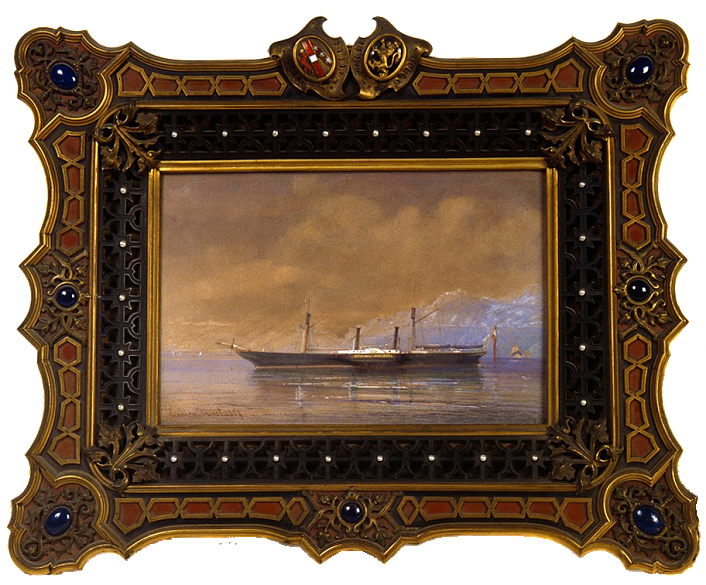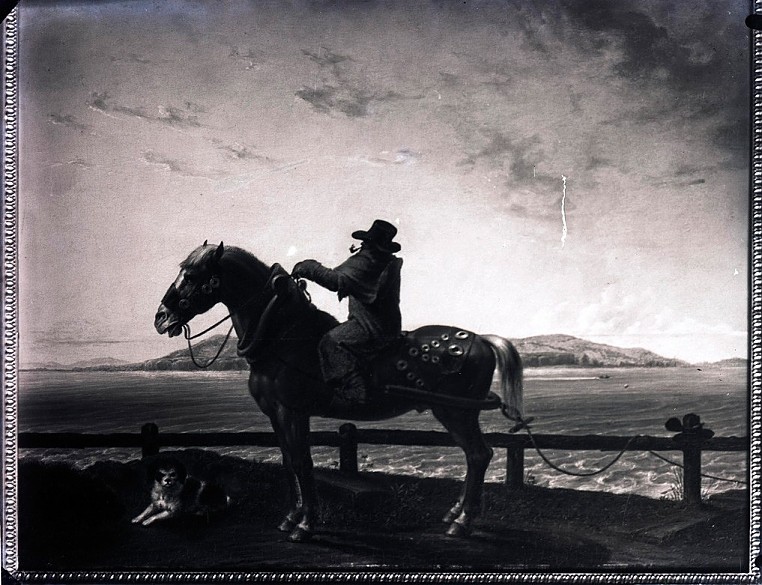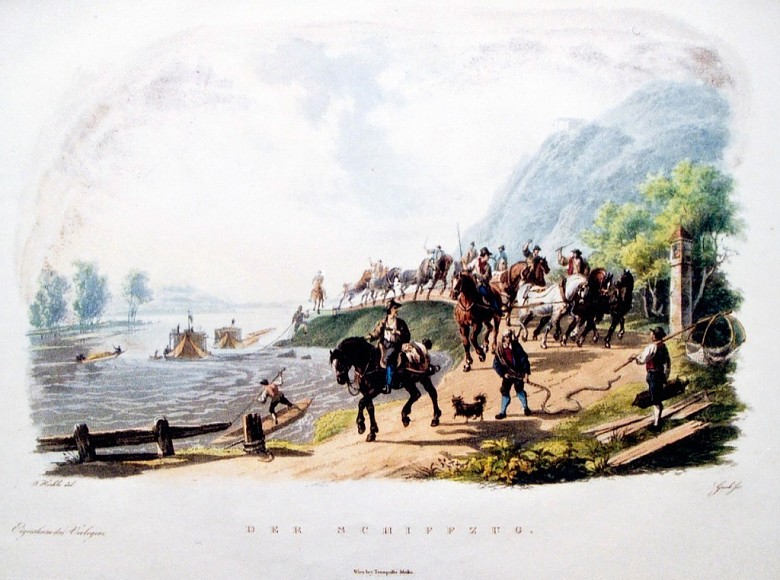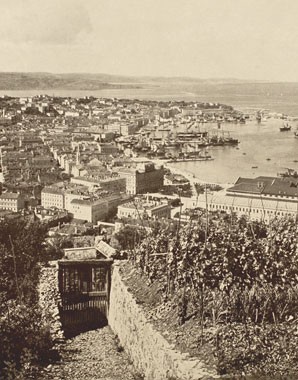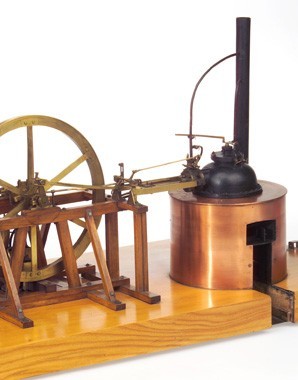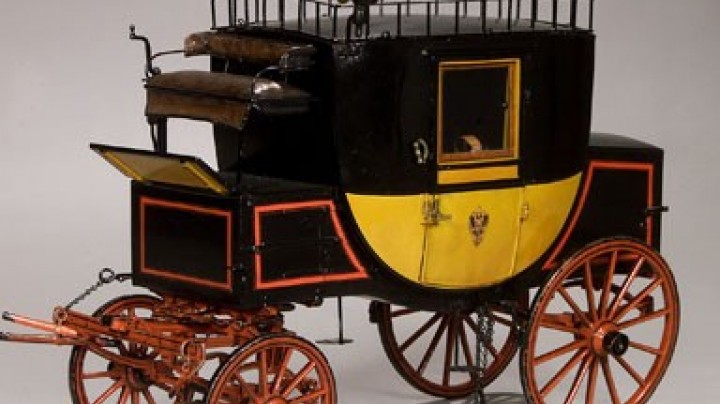The Danube flows in the wrong direction – Waterways as a form of transport with obstacles
The fact that the Danube flowed in the ‘wrong direction’ was not the only transport problem. Transporting freight by water was above all expensive and full of risks. And ambitious plans for new waterways had to be shelved because they could not be financed.
In the eighteenth century transport planners placed great hopes in river navigation. They thought that in particular the Danube, the Habsburg’s Monarchy’s major river, could be used to speed up the transport of people and goods and to take pressure off the roads. Downstream – that is to say from Passau in the direction of Vienna – the waterway really did provide a quick transport route. However, in the opposite direction transport was slow, difficult and expensive. Boats took between twenty and thirty-one days to travel upstream from Vienna to Passau, because they had to be drawn by horses. Moreover, the waterway was not without its dangers, with the result that many boats were wrecked. Passengers usually travelled downstream by boat but did the return journey by road. A well-known type of boat was the so-called ‘Vienna barge’ (Wiener Zille), which left Ulm for Vienna every Sunday. Its shape led to it being given the unflattering nickname ‘Ulm crate’. It was a kind of ‘disposable boat’, because on arrival in Vienna it was broken up for firewood. As far as the transport of goods was concerned, the Danube flowed, as it were, in the ‘wrong’ direction. For instance, transporting Hungarian grain upstream was decidedly expensive. When it came to heavy bulk goods such as salt, wood or iron it was only possible to transport them on the river downstream.
Joseph II tried to make the Danube more attractive for navigation and to introduce regular shipping services between Vienna and Constantinople. He did manage to push through the right of free navigation on the Danube and the Black Sea in 1784, and transport costs would have been significantly lower than by land or by sea via Trieste. His plan failed, however, because of insufficient traffic on the route, the difficult logistics involved and the high risk. By international standards steamships came to the Danube relatively late because the first ships could not cope with the speed at which the river flows.
In order to solve these transport problems the planners wanted to construct canals to connect the major rivers. The most important route envisaged was a north-south link to Trieste. But all these plans also came to nothing, primarily because of the high cost.
